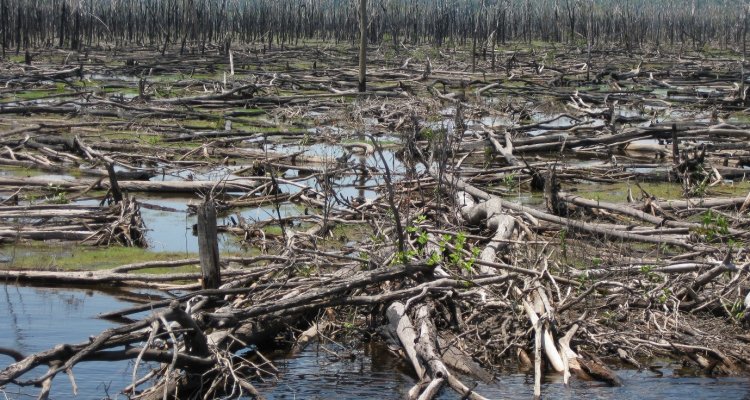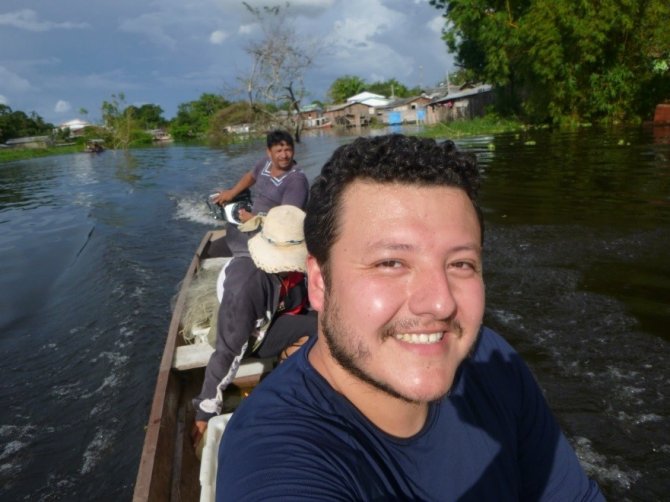
Project
The role of aquatic-terrestrial coupling in the resilience of Amazonian floodplain forests to fire (Brazil)
Blackwater floodplain forests have been identified as the “Achilles heels” of Amazonian forest resilience, because they are more susceptible to fire and recover more slowly after burning. Especially worrisome are observations that with repeated burning, floodplain forests may not recover, remaining in a savanna-like state. Previous research indicates that seed dispersal may be a crucial bottleneck for forest recovery. In Amazonian floodplains, fish are major seed dispersers for a large diversity of trees.
We hypothesize that high tree mortality in burned floodplain forests reduces food availability and increases predation risk for fruit eating-fish. As a consequence, seed-dispersing fishes avoid fire scars, creating a strong seed dispersal limitation that prevents tree establishment. This generates a positive feedback that reinforces the transition from forests to savanna-like vegetation. We are using a combination of field sampling, isotope analyses, and modelling to unravel the mechanisms that couple terrestrial and aquatic ecosystems and that underlie the resilience of Amazonian floodplain forests to pertubations.
